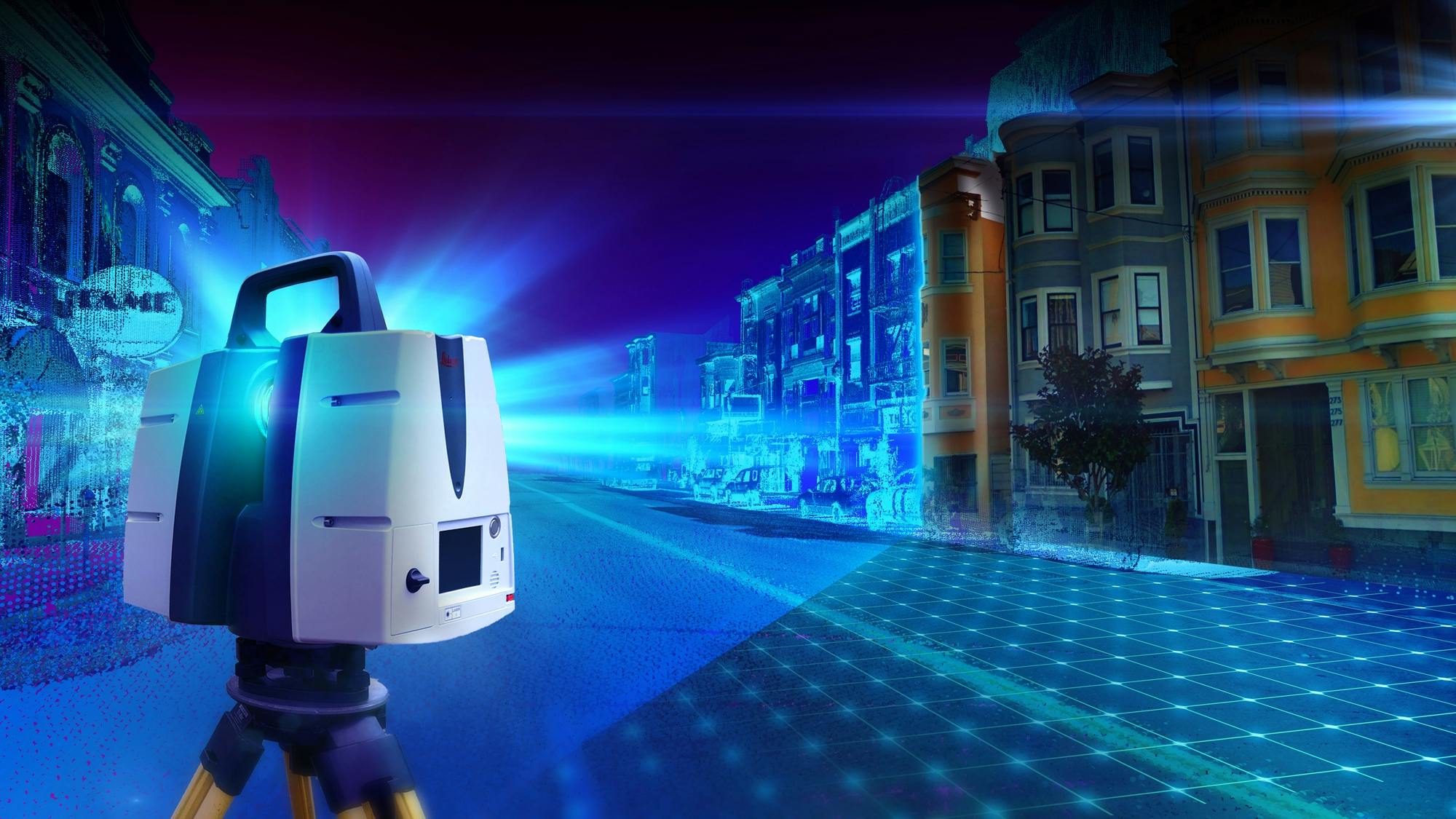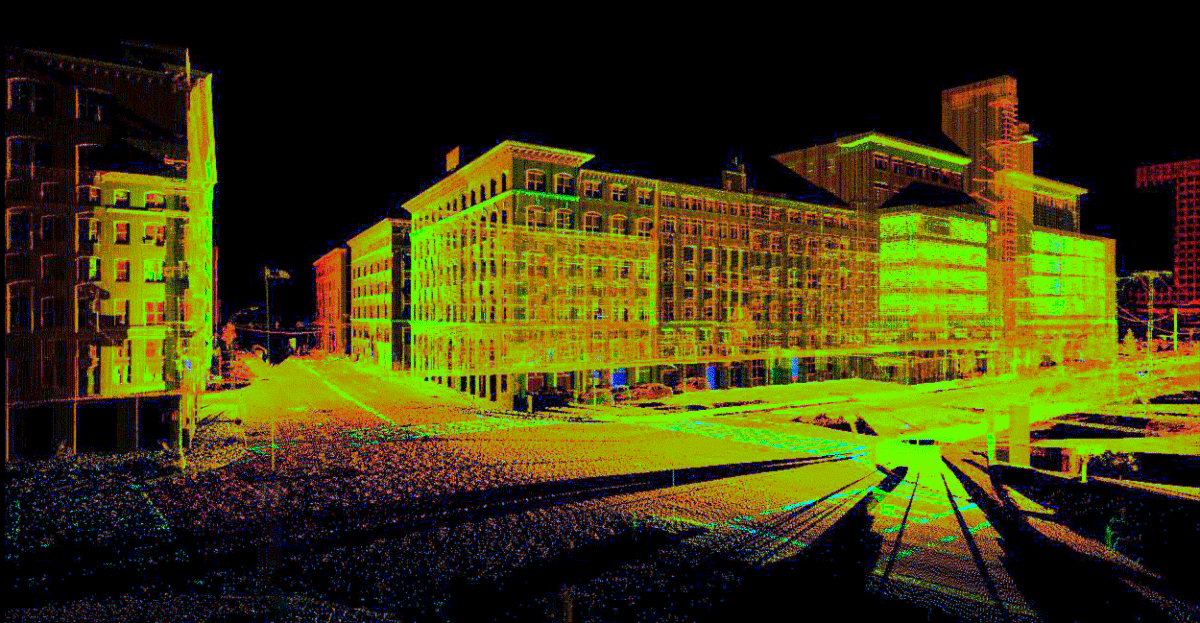Best Practices for Getting the Most Out of 3D Scanning in Architecture
Wiki Article
Enhancing Production Processes: The Effect of 3D Laser Scanning on Quality Assurance
3D laser scanning innovation is transforming quality assurance in manufacturing. By giving accurate measurements and high-resolution data, it makes it possible for producers to determine discrepancies from specifications easily. This development not just simplifies assessment processes but additionally enhances operational performance. 3D Scanning. The implementation of this modern technology comes with its own collection of challenges. Checking out these elements exposes the broader implications for sectors and the future landscape of production
Recognizing 3D Laser Scanning Innovation
Although 3D laser scanning modern technology has actually progressed considerably in recent times, its basic concept remains simple: catching the specific geometry of objects utilizing laser light beams. This modern technology employs laser light to measure distances between the scanner and different points on an item's surface area. The information gathered is after that refined to develop a detailed 3D design, precisely mirroring the measurements and shapes of the scanned things.Typically, 3D laser scanners can be classified into two main kinds: call and non-contact scanners. Contact scanners literally touch the item to collect measurements, whereas non-contact scanners use laser beams to catch data from a range. The versatility of this innovation allows its application throughout various markets, including building, manufacturing, and architecture. Its capability to create high-resolution versions assists in high quality control, reverse engineering, and quick prototyping, eventually enhancing layout precision and efficiency in manufacturing processes.
Benefits of 3D Laser Scanning in Manufacturing
As manufacturers look for to improve performance and precision in their processes, the benefits of 3D laser scanning have actually become significantly apparent. This cutting-edge innovation enables quick and extremely exact dimensions of complex geometries, substantially decreasing the moment required for top quality checks. By capturing thorough data, makers can identify inconsistencies early in the production process, therefore minimizing waste and remodel expenses.3D laser scanning promotes better style recognition, making it possible for engineers to compare as-built problems with initial specifications. This ability guarantees that any deviations are quickly attended to, boosting overall product quality. On top of that, the modern technology supports the creation of digital twins, which can be used for simulations and procedure optimizations. Therefore, manufacturers not only enhance their operational effectiveness yet additionally enhance their competitive advantage on the market. Generally, the assimilation of 3D laser scanning stands for a transformative action towards attaining greater criteria in making quality control.
Integration of 3D Laser Scanning Into Quality Assurance
Integrating 3D laser scanning into quality assurance procedures enhances the precision and effectiveness of examinations throughout production. This modern technology makes it possible for suppliers to catch comprehensive, high-resolution data of elements and assemblies, permitting for specific dimensions and comparisons against design requirements. By using 3D laser scanning, companies can determine discrepancies from tolerances more properly, which is essential for preserving product honesty.
Real-World Applications and Study
Real-world applications of 3D laser scanning in making show its transformative influence throughout numerous markets. Aerospace companies use this innovation to carry out accurate inspections of parts, ensuring they fulfill rigid security standards. A notable instance included a leading aircraft supplier that utilized 3D laser scanning to improve its quality control processes, substantially minimizing evaluation times and errors.In the auto industry, manufacturers have actually executed laser scanning to create electronic twins of their cars, enabling real-time modifications during manufacturing. One automotive company reported a 30% reduction in rework prices after integrating this modern technology into their production line.
In addition, in the customer goods sector, companies are making use of 3D laser scanning for rapid prototyping, enabling for quicker models and improved item designs. These applications illustrate exactly how 3D laser scanning not only enhances accuracy yet likewise boosts efficiency and advancement throughout multiple production domain names.
Getting Over Obstacles in Implementation
Carrying out 3D laser scanning in making presents several difficulties that companies must navigate to completely understand its advantages. One substantial hurdle is the preliminary expense of tools and software, which can discourage companies from adopting this innovation. In addition, incorporating 3D laser scanning right into existing operations requires conquering resistance to alter amongst employees, requiring extensive training programs to ensure efficiency. Information administration likewise presents an obstacle, as the high quantity of information produced by 3D scanning have to be effectively processed and examined to derive actionable insights. Moreover, compatibility issues with legacy systems might prevent smooth assimilation, requiring More hints prospective upgrades or adjustments. Addressing these challenges is vital for producers aiming to enhance quality assurance and enhance production processes. By creating clear approaches for training, financial investment, and information administration, companies can mitigate these barriers and launch the transformative potential of 3D laser scanning in their procedures.Future Patterns in 3D Laser Scanning for Manufacturing
As making remains to develop, the combination of 3D laser scanning with boosted automation is expected to transform manufacturing processes. Enhanced information analytics will play an essential duty in enhancing operations and enhancing quality assurance. These trends highlight the possibility for greater performance and precision in producing settings.
Enhanced Automation Integration
Although the integration of automation in manufacturing has been progressive, the future of 3D laser scanning is positioned to increase this pattern substantially. As manufacturing processes become increasingly view publisher site complex, the need for specific, real-time dimensions expands. 3D laser scanning modern technology supplies automated information capture, minimizing labor prices and lessening human error. This combination permits producers to improve quality control processes, allowing fast detection of discrepancies in production. In addition, the placement of 3D laser scanning with robotics and automated systems promotes smooth operations, enhancing total performance. As makers embrace these advanced technologies, they can anticipate enhanced accuracy and productivity, placing themselves competitively in a quickly evolving market. The harmony in between automation and 3D laser scanning marks a substantial jump forward in making innovation.Enhanced Information Analytics
The integration of automation has actually paved the way for innovations in data analytics within the domain name of 3D laser scanning. Makers are increasingly leveraging innovative algorithms and artificial intelligence techniques to examine large datasets created by laser scans. This improved data analytics ability enables real-time tracking of making processes, making it possible for the recognition of variances and defects better than standard approaches. Predictive analytics can anticipate potential problems, greatly minimizing downtime and boosting overall effectiveness. The capacity to envision data in three dimensions supplies much deeper understandings into production process, cultivating far better decision-making. As 3D laser scanning technology remains to develop, the function of information analytics will certainly come to be increasingly vital in driving advancement and keeping affordable benefit in production.Regularly Asked Inquiries
What Industries Benefit one of the most From 3D Laser Scanning?
The markets that benefit most from 3D laser scanning include manufacturing, construction, aerospace, automotive, and medical care. These fields make use of the innovation for precision measurements, quality control, and reliable layout procedures, significantly improving overall functional performance.Exactly How Does 3D Laser Scanning Compare to Traditional Dimension Techniques?
3D laser scanning provides higher precision and rate compared to traditional dimension techniques. It catches detailed geometries promptly, minimizing human error and facilitating far better analysis, which inevitably improves overall quality control in numerous markets.What Is the Cost of Applying 3D Laser Scanning Innovation?
The cost of applying 3D laser scanning innovation varies significantly, generally varying from $10,000 to $100,000, depending upon training, software, and devices. Organizations must evaluate these expenses against possible efficiency and high quality improvements.Are There Details Software Demands for 3D Laser Scanning?
Yes, 3D laser scanning calls for particular software program, consisting of data processing and modeling why not try here applications. Usual choices include CAD software program, factor cloud processing tools, and specialized applications that promote the integration and analysis of scanned information for ideal results.Exactly how Lengthy Does a Typical 3D Laser Scanning Process Take?
A common 3D laser scanning procedure can take anywhere from a couple of mins to numerous hours, depending on elements like the dimension of the things, intricacy of the setting, and required level of detail for accuracy.3D laser scanning innovation is changing high quality control in production. 3D laser scanning modern technology has actually evolved considerably in recent years, its essential principle stays simple: catching the exact geometry of things making use of laser light beams. Incorporating 3D laser scanning right into high quality control procedures improves the precision and performance of examinations throughout production (3D Scanning). 3D laser scanning modern technology supplies automated information capture, minimizing labor expenses and lessening human mistake. The expense of applying 3D laser scanning modern technology differs substantially, commonly varying from $10,000 to $100,000, depending on training, software, and equipment
Report this wiki page